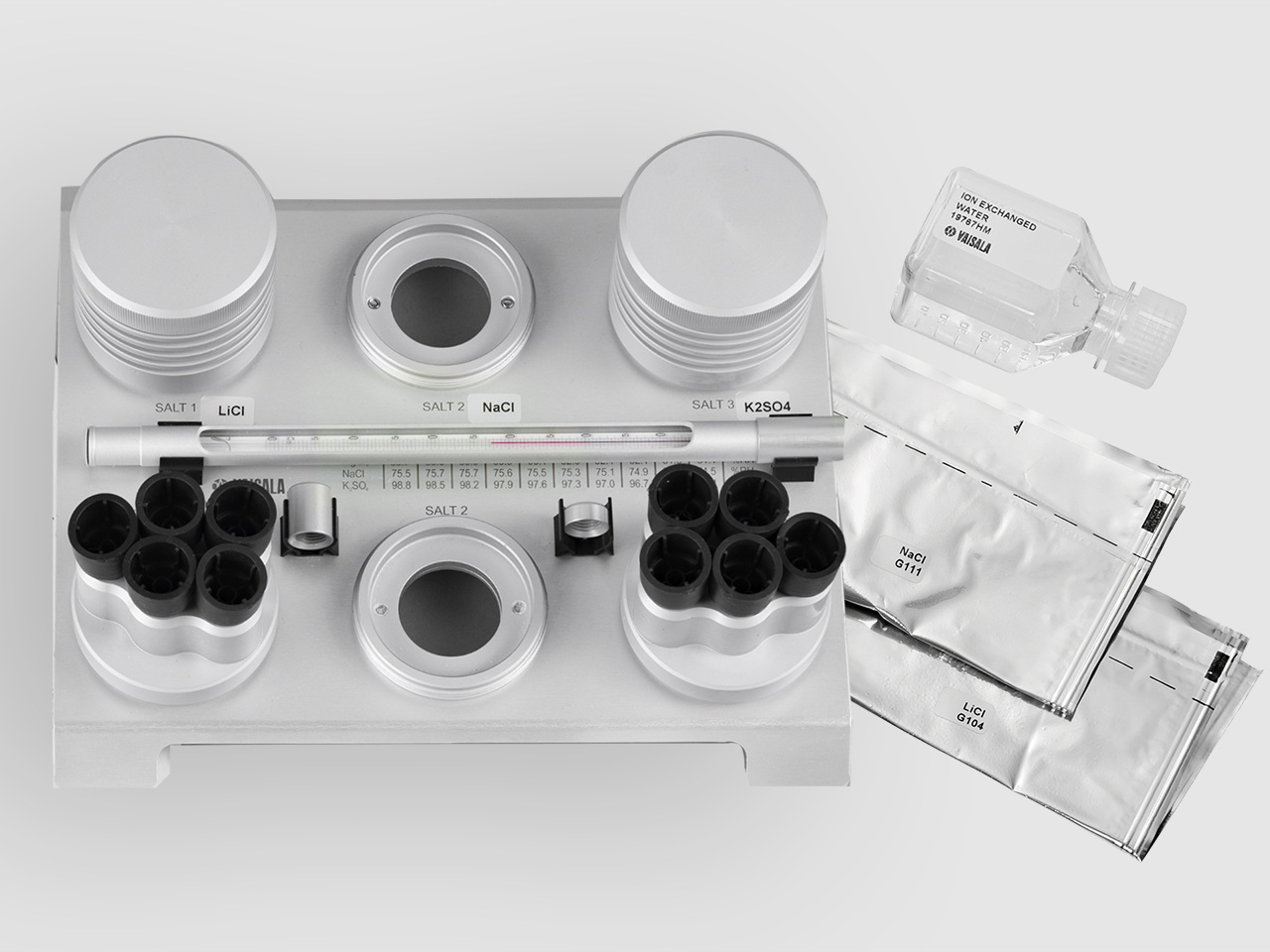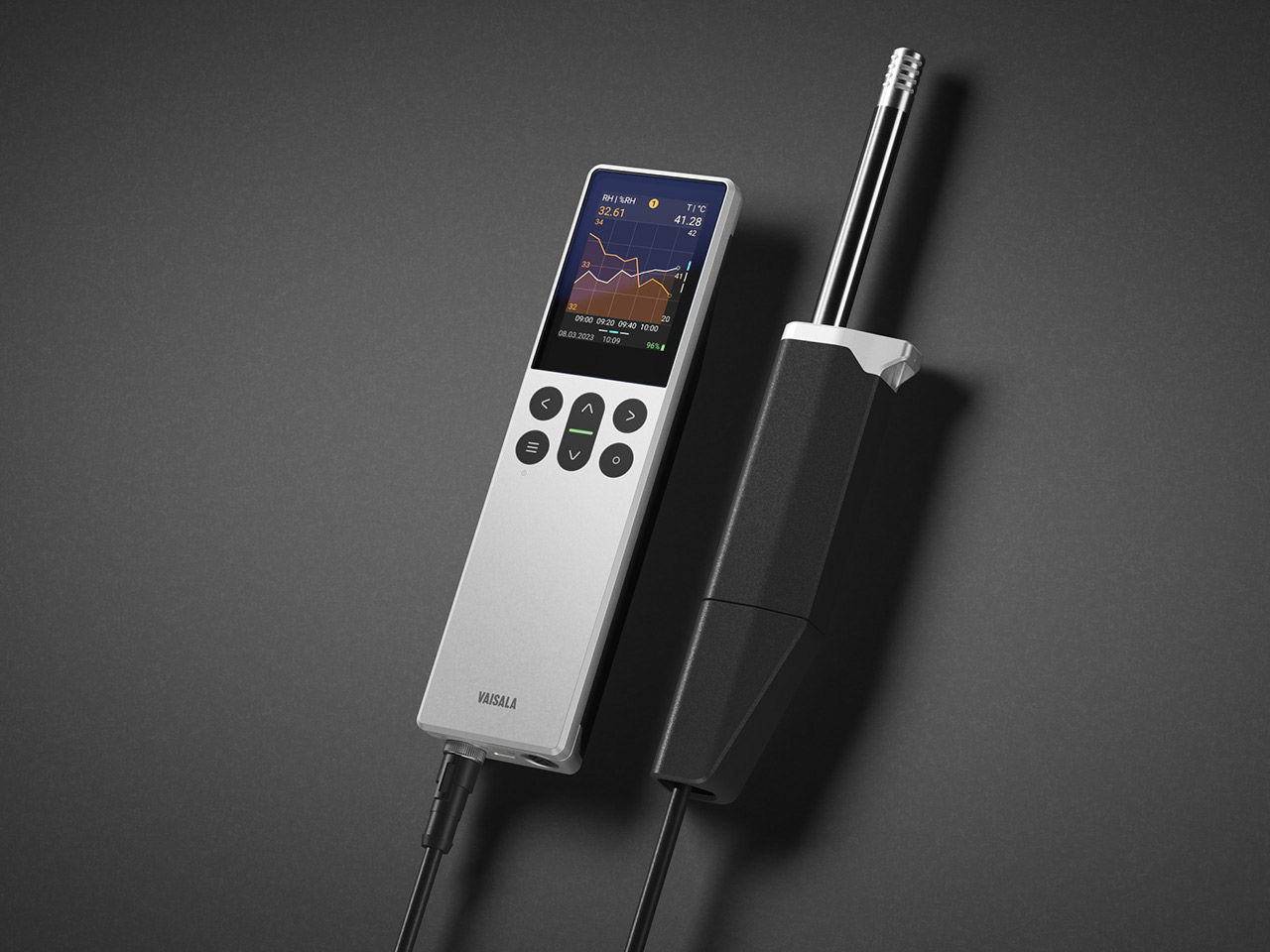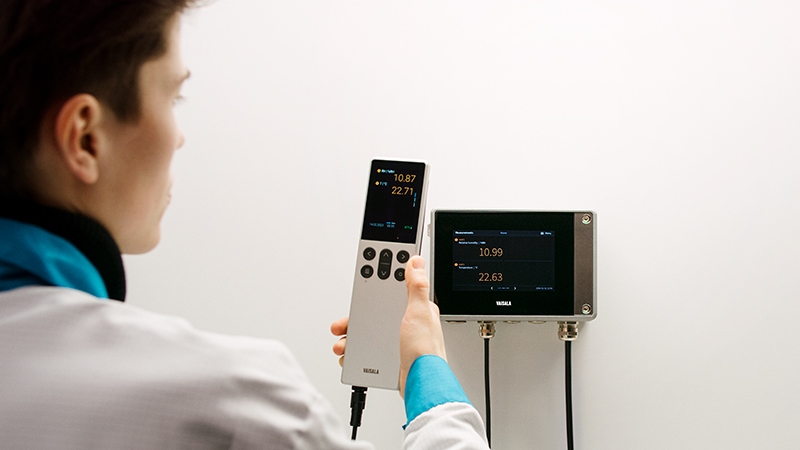Using the HMK15 Saturated Salt Calibration Device: A Practical Guide
In the world of humidity calibration, sometimes the simplest tools can offer the most practical solutions. The HMK15 is a saturated salt calibration chamber—a compact, low-tech device that provides stable humidity references for calibrating hygrometers. While it might appear basic, its reliability and independence from a power supply make it a valuable asset in many metrology labs.
The Working Principle
At its core, the HMK15 relies on the predictable behavior of saturated salt solutions. Each salt creates a known relative humidity (RH) environment when equilibrated in a sealed chamber. For example:
• Sodium chloride (NaCl) provides approximately 75% RH
• Lithium chloride (LiCl) provides approximately 11% RH
These humidity points are commonly used in calibrations and offer a dependable reference without complexity.
Benefits of a “Primitive” Solution
Although it may seem very simple, the saturated salt method offers key advantages:
• No power required – Ideal for field or bench use without electrical connections
• Cost-effective – Minimal components, long service life
However, it’s not without limitations. The stabilization process is slow, and results are sensitive to ambient conditions. Calibrations must be performed in a stable temperature environment to ensure accuracy.
Preparing the HMK15 for Use
Here’s how to set up the HMK15 calibration chambers:
1. Sodium Chloride Chamber
- Add 10 ml of distilled water to the chamber
- Gradually mix in sodium chloride while stirring
- Once fully saturated, seal the chamber with the lid to prevent contamination
2. Lithium Chloride Chamber
- Add 12 ml of distilled water
- Stir in lithium chloride gradually
- Be aware: this reaction generates heat, which is normal
- Allow the solution to cool and stabilize before using the chamber for calibration
Cross-contamination between salts is a risk so, always ensure the lid for each chamber is screwed on after mixing the water and salts to avoid introducing foreign substances.
A Reliable, Low-Maintenance Option
For metrologists who require stable humidity references without the need for complex systems, the HMK15 is a dependable and easy-to-use option. It may not be the high-tech tool in your calibration lab, but its simplicity and reliability make it ideal for many routine humidity calibrations.




Add new comment